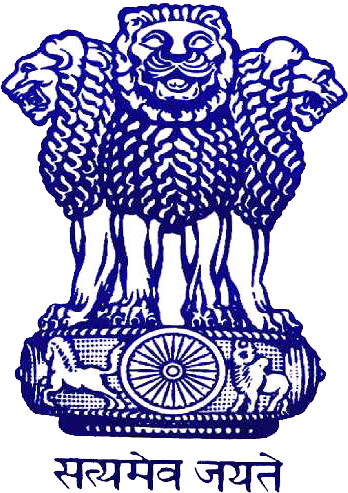Avain influenza
Yes, zoonotic transmission is indeed important when discussing avian influenza. Avian influenza, commonly referred to as bird flu, is a highly contagious viral infection that can affect a wide range of birds, including classified into different subtypes based on the proteins on the surface of the virus. of the key points of concern with avian influenza is its potential to spread from birds to humans, which is known as zoonotic transmission. While avian influenza viruses typically do not infect humans easily, there have been instances where certain strains of the virus have crossed the species barrier and caused human infections. This zoonotic potential is a significant public health concern due to the potential for the virus to cause serious illness and even death in humansoonotic transmission of avi specific strain of the virus.he zoonotic nature of avian influenza underscores the importance of surveillance, early detection, and rapid response to prevent and control potential outbreaks. Public health authorities, veterinary agencies, and medical professionals need to closely monitor the circulation of avian influenza viruses in both bird populations and in humans to minimize the risk of zoonotic transmission and to implement appropriate measures in the event of an outbreak.rthermore, another important aspect of the zoonotic nature of avian influenza is the potential for the virus to undergo genetic mutations or reassortment. This can result in the emergence of new strains with an increased ability to infect and spread among humans, potentially leading to a pandemic. The zoono, One Health approach to disease prevention and control.n conclusion, the zoonotic potential of avian influenza is a crucial consideration in public health and animal health efforts. Efforts to monitor, prevent, and control avian influenza must take into account the risks associated with zoonotic transmission, as well as the potential for the emergence of novel strains that could pose a significant threat to both animal and human populations. This underscores the importance of collaborative and interdisciplinary approaches to disease surveillance, research, and response to ensure the effective management of avian influenza and other zoonotic

